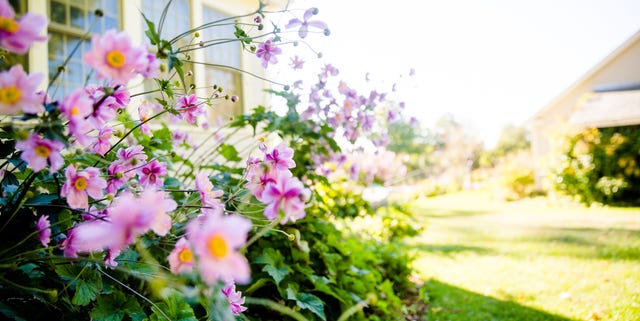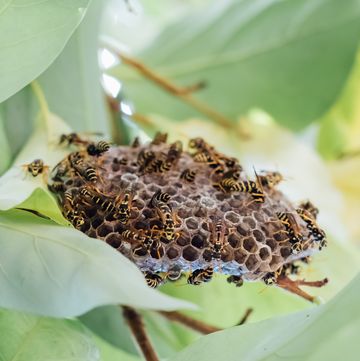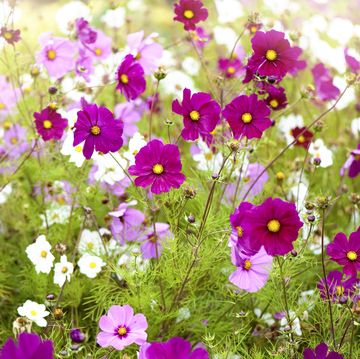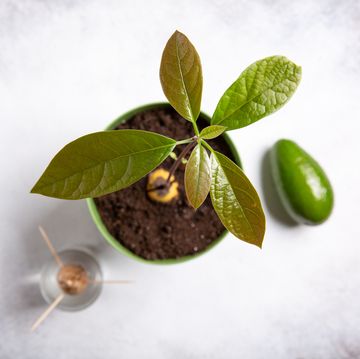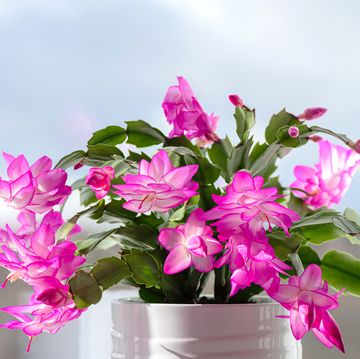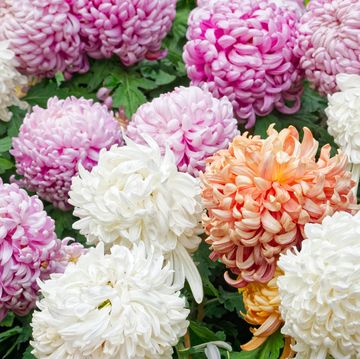1Landscape Fabric
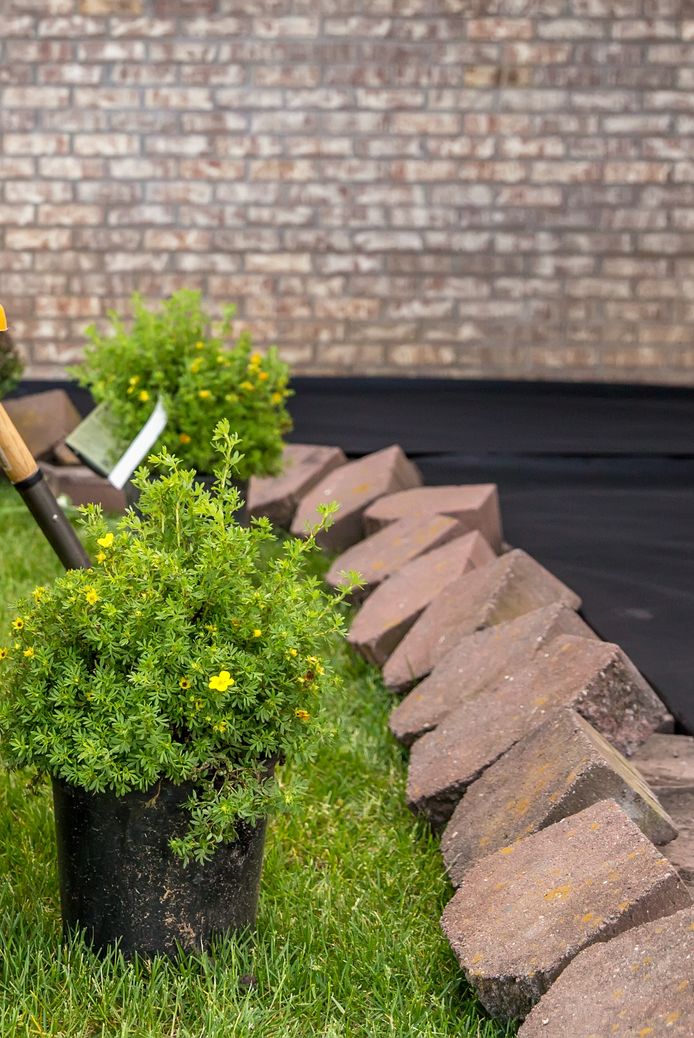 emholk//Getty Images
emholk//Getty Images 2Mulch
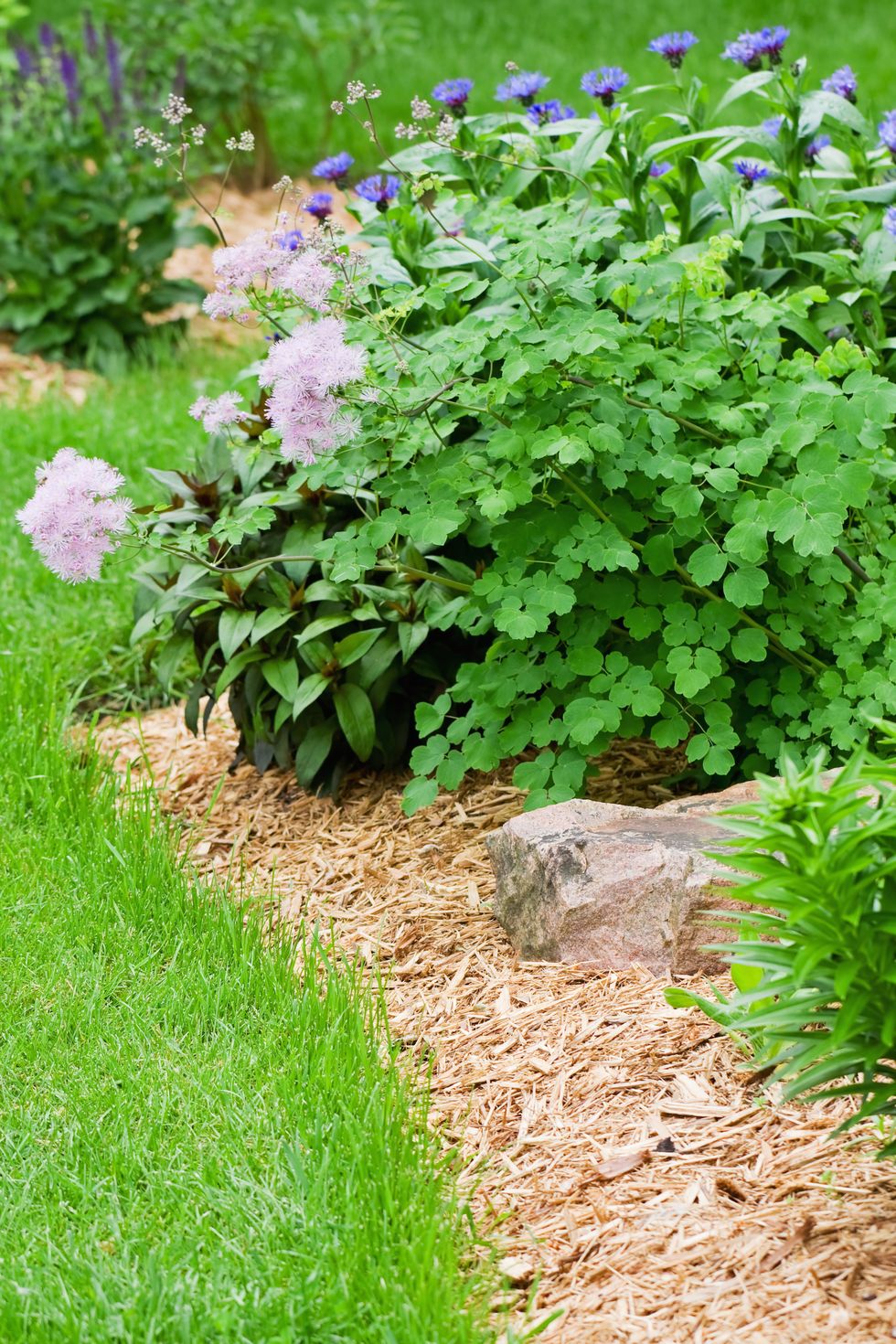 Getty Images
Getty Images Advertisement - Continue Reading Below
3Boiling Water
 Getty Images
Getty ImagesPlain, old tap water can do the trick too. "My favorite 'homemade' weed killer for cracks in sidewalks and driveways is boiling water," says Paul James, "The Gardener Guy." "This works really well on young weeds, and results are immediate. If you add a tablespoon of salt to the boiling water, it's even more effective."
4Salt
 mariusFM77//Getty Images
mariusFM77//Getty ImagesSHOP ROCK SALT
Stock up on discounted rock salt at the end of winter and sprinkle it on garden paths to fight weeds in the spring (table salt works too). Salt also makes a good weed barrier along lawn edgings and other places a lawn mower can't reach, but apply it carefully. It can erode concrete surfaces and can leave the ground barren for a long period of time.
Advertisement - Continue Reading Below
5A Trowel
 Getty Images
Getty Images 6Newspaper
 Photo by Bhaskar Dutta//Getty Images
Photo by Bhaskar Dutta//Getty ImagesCover low-growing weeds like clover and crabgrass with newspaper and eventually the lack of sunlight will exterminate them. Putting down sections and covering them with mulch can also prevent new ones in the first place. "As the paper decomposes, it also feeds the soil, making this a tip no gardener should be without," says Ciarlo.
RELATED: How to Get Rid of Crabgrass
Advertisement - Continue Reading Below
7Vinegar
 stevanovicigor//Getty Images
stevanovicigor//Getty ImagesSHOP VINEGAR
Douse weeds with vinegar and they'll be DOA. James recommends using the horticultural kind, with a whopping 20% acetic acid. "It's non-selective, meaning it'll kill anything green, but it's not all that effective on grassy weeds," he says. "Also, realize that vinegar is acidic, which means you run the risk of lowering the pH of the soil." Just take care to wear protective clothing and eye protection.
8Edging
 Getty Images
Getty ImagesSHOP EDGING
Physical barriers, like lawn edgings and retaining walls are a long-lasting solution for keeping weeds at bay. Make simple — and cheap — edging out of scraps of pressure-treated decking boards. Cut them into eight-inch "pikes" and hammer the pieces into the ground next to each other to form a continuous edge.
Advertisement - Continue Reading Below
9Goats
 Getty Images
Getty ImagesFIND GOATS
For a big swath of unwanted vegetation, enlist the cutest herd of landscapers around. "Goats can reach areas that machinery and people simply cannot, and their hooves actually rototill the soil as they graze," Ciarlo says.
10Taller Grass
 Getty Images
Getty ImagesYes, the height of your mower really does matter. "The length of your grass can impact its health and make it more or less susceptible to weeds," Henriksen says. "Err on the longer side, about two to three and a half inches." Firing up the mower before weeds set seed also chokes out invaders, advises James.
RELATED: The 5 Best Lawn Mowers You Can Buy
Advertisement - Continue Reading Below
11Existing Ground Cover
 Getty Images
Getty ImagesDig only where you need to because removing grass creates a new place for pesky plants to thrive, even if you don't see any around. "Most lawns have hidden weed seeds," Holland says. "When you're digging the ground to plant, open only a patch that you need."
RELATED: 10 Easy Soil Tests That Pinpoint Your Garden's Problems
12Your Lawn Mower
 Getty
GettyThe key to making sure your weeds don't go to seed and spread is pulling off their heads. Even though you can do this by hand, you can also mow them down. But consider yourself warned: One mowing won't kill weeds with perennial roots, and even some of the annuals will regrow and try to flower again, so it's not a permanent solution.
Advertisement - Continue Reading Below
13Other Plants
 Getty Images
Getty Images 14Your Appetite
 Getty Images
Getty Images Advertisement - Continue Reading Below
15A New Mindset
 Getty Images
Getty ImagesOne man's weed is another man's rose. Many weeds are native plants that Mother Nature intended to thrive — that's why they're so hard to kill. Learning to love weeds is just a matter of looking at them in a different light. For example, in Japan, moss is cultivated for landscaping, while in the U.S., it's commonly eradicated with pesticides.

Caroline is a writer and editor with almost a decade of experience. From 2015 to 2019, she held various editorial positions at Good Housekeeping, including as health editor, covering nutrition, fitness, wellness, and other lifestyle news. She's a graduate of the Medill School of Journalism and dreams of the day Northwestern will go back to the Rose Bowl.
Advertisement - Continue Reading Below
Advertisement - Continue Reading Below
Advertisement - Continue Reading Below
